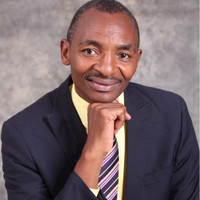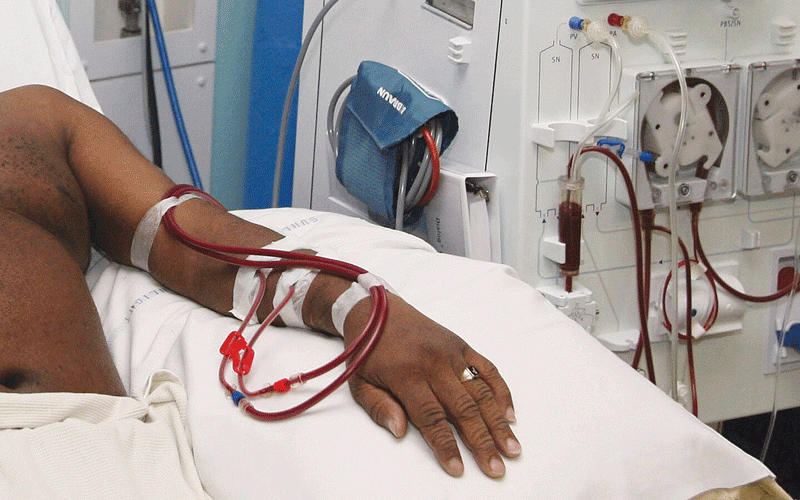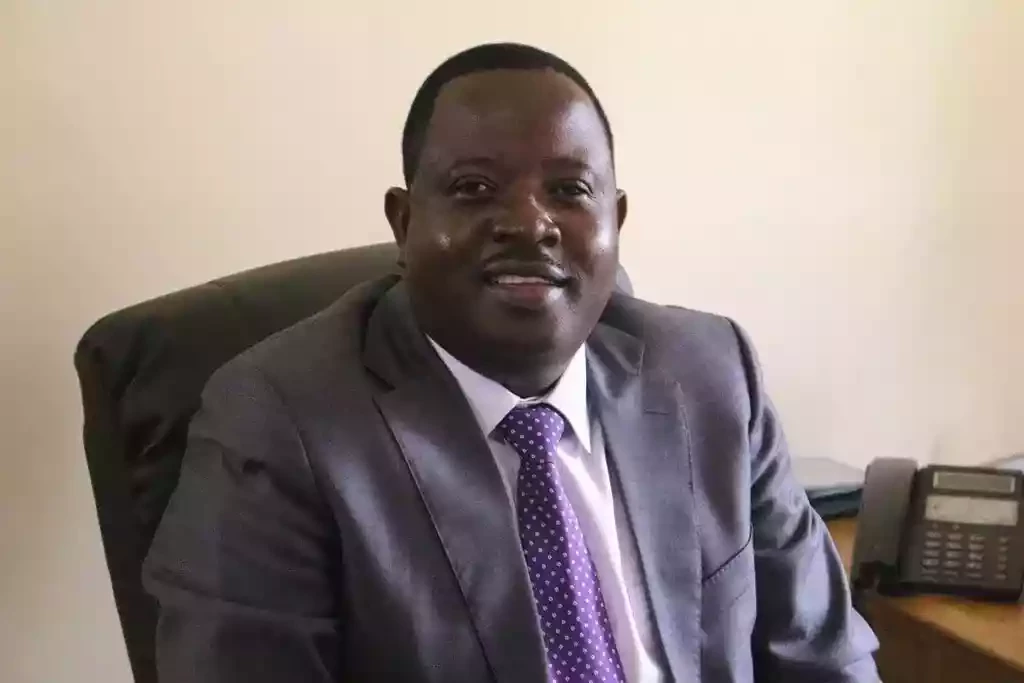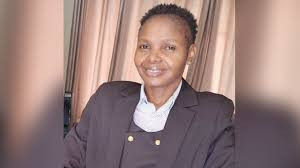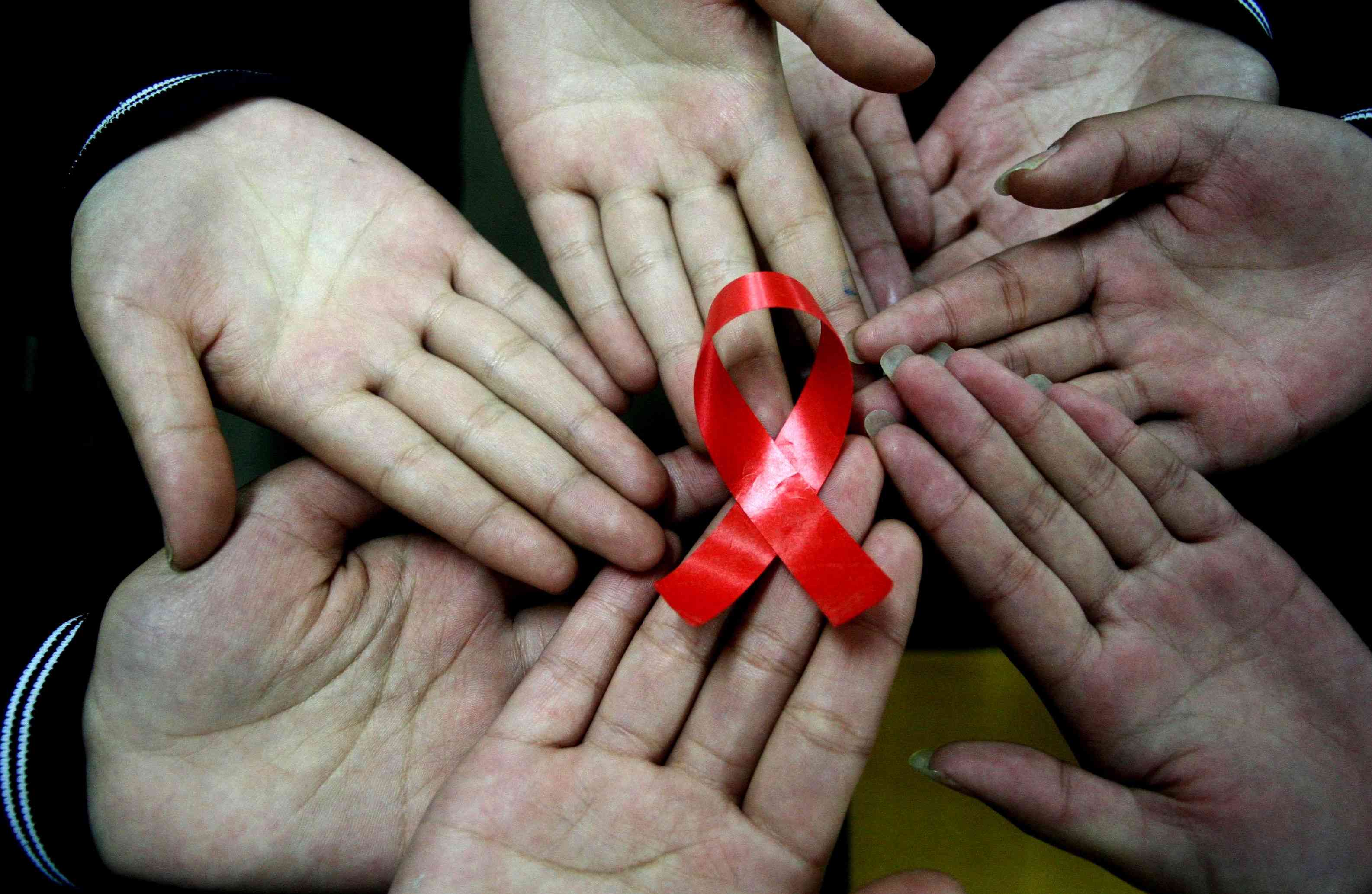
IN the bustling resort town of Victoria Falls, the Centre for Sexual Health and HIV/Aids Research (CeSHHAR), stands as a beacon of hope providing health services to vulnerable populations including truck drivers and sex workers who are often at higher risk of contracting HIV and sexually transmitted infections (STIs).
However, this vital community-led health facility is facing financial uncertainty amid declines in funding globally, thereby posing a threat to its ability to continue delivering its life-saving services.
CeSHHAR is situated behind a busy truck stop in the town, where hundreds of trucks pass through each day carrying goods to and from neighbouring countries.
As weary drivers take time to rest at the truck stop during their long journeys, CeSHHAR is on hand to provide them with vital health screenings, condom distribution and HIV prevention and treatment services.
UNAids, the organisation leading the fight against Aids, says declines in funding to grassroots organisations like CeSHHAR is a major threat to efforts to end Aids by 2030.
UNAids executive director Winnie Byanyima told the 25th International Aids Conference, which was held last week in Munich, Germany, that there is a need to ramp up funding for community-led organisations that are working to end Aids.
“The aid to support the HIV response in developing countries has been critical [in delivering HIV services to the people]. It got us here. It must continue. Don’t cut it. Increase it. Sustain it,” she said.
Byanyima also called for developing countries to be freed from the debt stranglehold so that they can dedicate more financial resources to the HIV response and deliver other health service needs.
- Tarakinyu, Mhandu triumph at Victoria Falls marathon
- Andrea The Vocalist, dreams big
- All set for the 2022 Econet Victoria Falls Marathon
- Econet Victoria Falls Marathon return a boon for tourism
Keep Reading
In many countries with the most serious HIV pandemics, debt service is consuming increasingly large shares of government revenue and constraining public spending.
In Angola, Kenya, Malawi, Rwanda, Uganda and Zambia, debt service obligations exceed 50% of government revenues.
Existing financial resources are significantly insufficient for community-led responses.
According to the African Development Bank, Zimbabwe’s total consolidated debt amounts to US$17,5 billion.
Debt owed to international creditors stands at US$14,04 billion, while domestic debt comes to US$3,4 billion.
According to UNAids 2023 financial estimates, while 31% of all HIV resources were channelled through civil society organisations in 2012, by 2021, civil society (including community-led organisations and large international nongovernmental organisations) received only 20% of HIV funding.
“The work of community organisations like CeSHHAR is crucial,” said Chris Mallouris, a senior community mobilisation adviser at UNAids.
“They are able to provide services to people on the move, to people who are hard to reach by traditional government health services and they reach key and marginalised populations who are at higher risk of HIV including sex workers, men who have sex with men and people who inject drugs.
“Their services make a significant contribution to the response to HIV. Fully funding community organisations is a public health imperative.”
In the 2021 United Nations Political Declaration on HIV, countries committed to scaling up community leadership and increasing the proportion of HIV services delivered by communities, including 30% of testing and treatment services, and 80% of HIV prevention services for populations at high risk of HIV infection.
However, community-led organisations are feeling the brunt of global declines in investments for HIV.
In 2022, HIV funding for low and middle-income countries was 2,6% lower than in 2021 and US$8 billion short of the estimated need by 2025.
In countries such as Madagascar and South Sudan, new HIV infections are rising due to lack of HIV testing kits, prevention tools, including condoms, and high rates of Aids-related deaths due to little or no access to HIV treatment.
Funding to UNAids from governments and donors is also on the decline, which could compromise its important work of guiding States towards ending the pandemic.
In the last couple of years, UNAids has had to close a number of its country offices due to funding shortages.
Commenting on the issue, Pan-African Positive Women’s Coalition-Zimbabwe national co-ordinator, Tendai Westerhof said: “ If we are able to offer HIV testing for free, why can’t we also not give condoms for free? Because it’s still part of the package. We need the condoms and they need to be supported by funding as part of the HIV and Aids response and all its other facets of prevention, awareness, treatment and care.”



